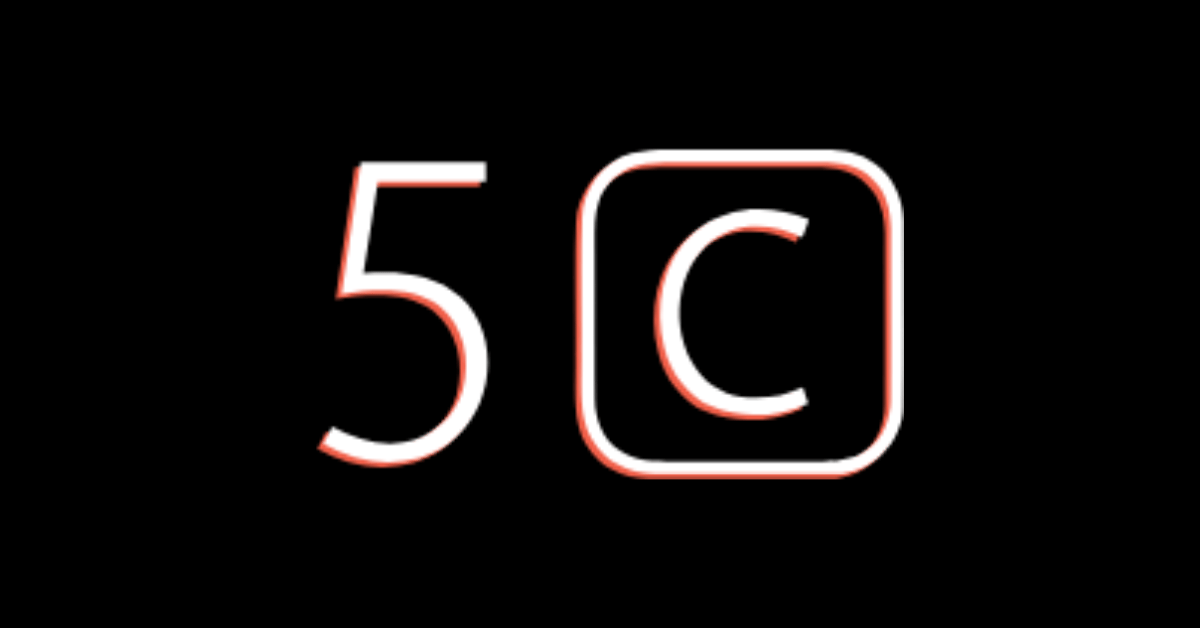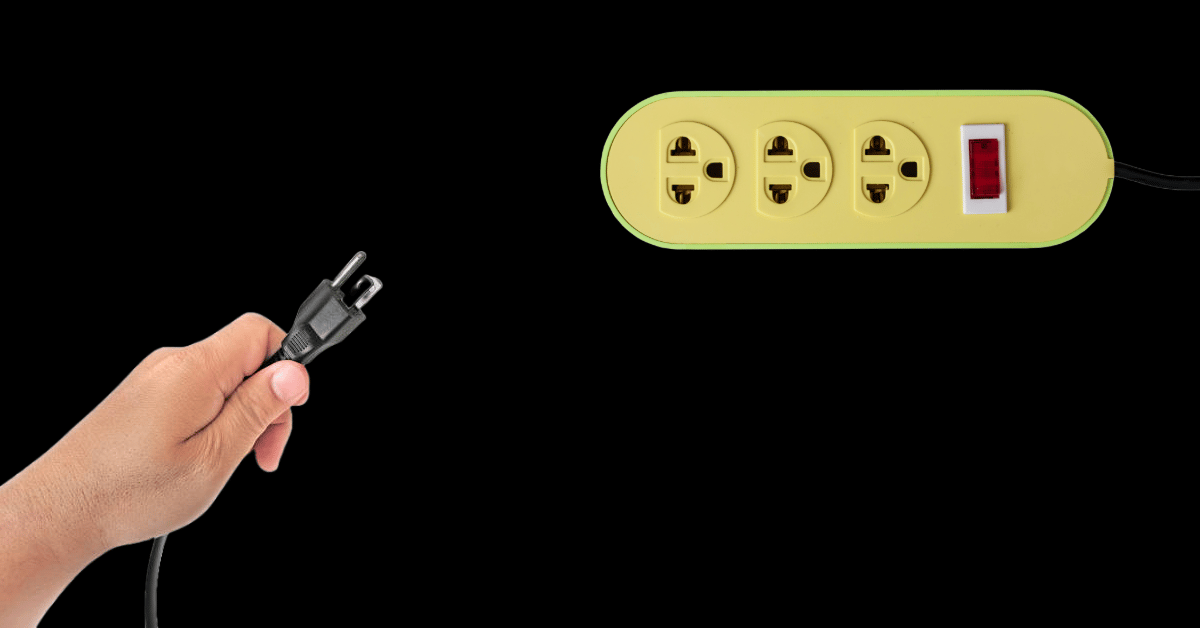
You nailed your Barbiecore campaign. You posted about the Roman Empire.
Buuuuut that doesn’t mean your brand gets culture. It means you saw culture… and tried copying it. But if you want to truly engage with culture, you can’t just slap a trending sound on a video and call it a day. It has to be embedded into your brand— not as something you mimic, but as something you truly understand.
- Charlotte Ellis, Editor ♡
Looking for a clear, proven plan for social ad success?
This interactive 90-minute workshop lays out a proven plan for running social ads that bring in leads and drive real sales, so you can stop guessing and start growing!
In this session, you’ll learn:
✅ How to set up your first (or next) campaign so it’s built to convert
✅ The one thing every successful campaign gets right
✅ How to track what’s working & tweak what’s not
PLUS The latest best practices for Meta ads in 2025.
Ask questions. Get answers. Leave ready to grow your sales and scale your business.
Wednesday, 30 July | 8:30–10:00am NZT | $59 NZD
WHAT’S HAPPENING IN MARKETING TODAY?
RIP Ozzy Osbourne, A24 opens Off Broadway venue & Meta data centre will be the size of Manhattan

RIP The Prince of Darkness. Ozzy Osbourne sadly passes at 76.
Metal fans will know him as the frontman of the iconic Black Sabbath. Those who grew up watching MTV in the early 2000s will remember him as a dazed and confused father yelling “Sharrrooon” and misplacing his, well, everything. Kids today will remember him from the Liquid Death campaigns. One thing’s for sure though, no one will ever forget this legend.
“It is with more sadness than mere words can convey that we have to report that our beloved Ozzy Osbourne has passed away this morning. He was with his family and surrounded by love,” read a statement from the Osbournes. Just last week, the icon performed a final set for Black Sabbath, where he bid farewell to fans from a large black throne. To the godfather of heavy metal, I wish you safe travels on your journey to beyond. Ozzy forever!
A24 purchased Cherry Lane Theatre.
… yes, two years ago. However, the artistically ambitious film studio that also happens to be the freaking goat at turning everything it touches to gold has been quietly working away at the Lower Manhattan facility in that time. Aaand it has now been confirmed that in September, Cherry Lane will reopen as the first live performance venue by a24. Right in time for my birthday.
If any of my readers know anybody and love me enough for my unwavering dedication and service to y’all – GET ME TO NEW YORK, I BEG OF YOU. Ahem anyway. The venue describes itself as the birthplace of the Off Broadway Movement (and my dreams) - but also features comedy, music and film.
A24 has enlisted the iconic Frenchette Group to open Wild Cherry, a small restaurant and bar at Cherry Lane. And if I keep talking about this I’m going to cry. I’m noticing a pattern of brands venturing out of the ether and into physical, experiential spaces. And all I can say is, we are so back, baby. The renaissance of touching grass. What a time to be alive.
Meta is about to build a data centre the size of Manhattan.
Errr, weird flex I guess? Zuck has proclaimed Meta will spend hundreds of billions of dollars developing AI products in the near future. And this includes a data centre the freaking size of Manhattan. “We have the capital from our business to do this,” he said. “We’re building multiple more titan clusters as well. Just one of these covers a significant part of the footprint of Manhattan.”
The company has recently doled out multi-million dollar pay packages to AI researchers to work on machines that could outthink humans on many tasks – a concept known as “super-intelligence” or “artificial general intelligence”. Mom, can you come pick me up? The tech overlords are overlording a little too hard, I fear.
-Sophie Randell, Writer
DEEP DIVE
How to stop mimicking culture & engage with it instead

In a world where a pasta shape can go viral (looking at you, cascatelli) and fictional TV characters inspire real-life fashion lines, one thing’s crystal clear:
Culture isn’t just something we consume. It’s something we live. And if your brand isn’t tapping into culture with purpose and precision, you’re likely invisible.
Today’s consumers aren’t waiting for a clever billboard or a cheeky product ad to feel seen. They’re scrolling, sharing, stitching, remixing, and obsessing over content that feels like them. And at the heart of it all? A deceptively simple framework known as the 5C’s Model.
Culture moves people. People move markets.
Consumers are more emotionally invested in the things they care about than ever before. They form communities around their passions. They build identities around their favourite shows, sounds, aesthetics, and subcultures. They create, comment, and convert, not because a brand told them to, but because it feels personal.
But this is stuff you already know.
Culture isn’t just a trend you can slap on a campaign. It’s not a font. It’s not a trending sound. It’s not a one-liner ripped from Twitter. And yet, brands keep showing up in spaces they don’t understand, wearing culture like a Halloween costume and wondering why it’s not converting.
That’s because culture is not a look—it’s a language. And if you’re not fluent, your audience won't bite.
Which is why I bring up the 5 C’s. It’s a model often repeated, occasionally misused, but when done right, genuinely powerful. It goes like this:
Culture → Content → Community → Conversation → Commerce
Many jump straight to content without actually earning their place in culture. And that, my friends, is a fatal flaw.
So how do you utilise culture to make it work? Let’s go through it.
Step 1: Culture
What most brands do: See a trend, panic, and try to “insert themselves into the conversation.” They mimic the style of the moment (hello, brain rot chaos marketing) without asking the harder questions, like, Does this space reflect our values? Do we belong here? Will this make sense in six months?
What smart brands do: Treat culture as a compass. They pick lanes they can commit to, not just cosplay. Whether it’s sports, music, gaming, sustainability, identity, wellness, or niche internet micro-aesthetics, they embed themselves in culture with purpose and patience. They show up consistently, not just virally.
Because culture is not a one-off. It’s your GPS for how to behave, what to say, and who to say it with.
Step 2: Content
Once you’ve got the cultural foundation right, then you make stuff. Good content is fluent in the codes of the culture it’s engaging. It feels native to the platform. It respects the audience’s intelligence. And it doesn’t explain the joke… it is the joke.
Bad content, on the other hand, is what happens when brands confuse style with substance. It looks right on the surface, but has the soul of a quarterly sales target.
Ask yourself: Would someone share this because it feels like them, or because it’s about you?
Step 3: Community
Community is earned, not collected. Followers don’t equal fandom. Likes don’t mean loyalty.
Real community is what happens when your content actually lands. It sparks recognition, response, repeat interaction. It creates a “we” narrative—people who talk to each other, not just back to the brand.
The goal is to stop marketing at people and start building with them.
Step 4: Conversation
Here’s where you separate the brands with a pulse from the ones running on autopilot. Culture is dynamic. It evolves. Which means your brand has to engage in ongoing conversation… not just post and peace out.
And let’s be very clear here: the conversation is already happening with or without you. The real question is whether you’re brave enough to listen, participate, and sometimes even change your mind.
Step 5: Commerce
If you’ve made it this far, congrats. Because this is where most brands start, and where the best brands end up.
When people feel aligned with your cultural position, invested in your content, connected through community, and heard in conversation, commerce is inevitable. It’s not forced. It’s invited.
Because you didn’t interrupt them with an offer. You became part of their world.
So, why do so many brands still get this wrong?
Because it’s so much easier to mimic culture than to meaningfully engage with it. It’s easier to jump on a TikTok trend than to study what your audience actually values. It’s easier to reference a meme than to earn trust.
It’s easier to act like culture is a layer you can add in post instead of the framework you build with from the start.
But in reality, you can’t fake resonance. You either have it, or you don’t. And the difference is whether you're showing up in costume… or with a compass.
-Sophie Randell, Writer
TREND PLUG
Is this ok with everyone?

This trend is taking off like wildfire!
And it's to Justin Timberlake's "CAN'T STOP THE FEELING!" of all songs. Why or how it started is unknown but the top video has 4.9m likes... LIKES. Creators are simply informing the masses of pretty much anything they are doing. That's it. That's the trend. No joke.
Examples include:
How you can jump on this trend:
Start with the sound, then pick a random photo from your camera roll. Use your OST to inform everyone about the thing you want to say.
A few ideas to get you started:
I'm gonna have lunch if that's okay with everyone
I'm gonna open my Teams if that's okay with everyone
I'm gonna restart my laptop if that's okay with everyone
- abdel khalil, brand & marketing executive
FOR THE GROUP CHAT
😲WTF: RIP Ozzy Osbourne💔
✨Daily inspo: Wise words from Alfred
🎧Soooo tingly: Food ASMR (Part 520)
🍝What you should make for dinner tonight: Lebanese Beef Wraps
TODAY ON THE YAP PODCAST
Want even more “YAP”ing? Check out the full podcast here.
ASK THE EDITOR

Is paid/boosted content worth exploring? – Mikayla
Hey Mikayla!
Yes, paid definitely has a place, but only if the content you're boosting is already good. If you're putting spend behind content that's not performing organically, you're wasting your money. So if you're going to boost content, do it strategically. Test out what performs well organically, then put some spend behind it because you have confirmed the content resonates.
Your other option is to create content that's designed purely for conversion rather than brand awareness. But, again, do this with intention, not randomly. Don't throw money at content that's no good because no amount of spend can make up for weak creative.
- Charlotte Ellis, Editor ♡
